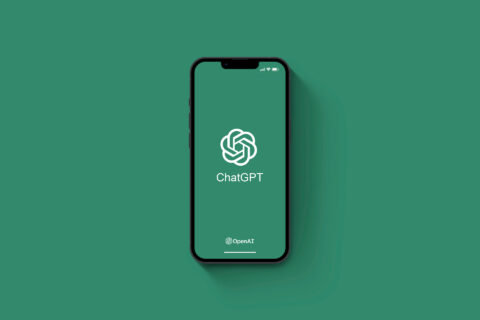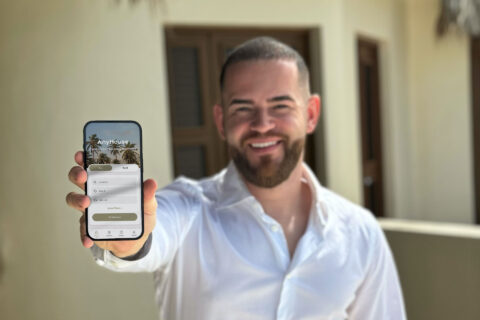Deciding how to monetize your mobile app can be difficult. At Montessorium, when we switched revenue models for our geography app, everything changed. By offering in-app purchases, we began to navigate entirely new terrain in hopes of reaching a wider audience. Right away, because our premium app was priced as free to download, we projected it would take off like a rocket. Instead, app downloads actually decreased in comparison with our other app launches.
For some app industry insiders, this may seem readily obvious. “Of course your apps took a hit,” said a close friend. “You’re a premium lifestyle brand. The assumption, whether you like it or not, is that with a higher price point there’s great quality and value. Parents are willing to pay more for that experience. They’re actually relying on it.”
For others, it may seem counterintuitive. “Wait, what? You lowered the price point, making the app free to try, and you didn’t receive as many downloads as your paid apps?”
While we can’t be 100 percent sure of the reason behind the lack of downloads, we made three key observations about how we would do things differently next time.
1. Be transparent about in-app purchases
“In-app purchases can help app marketers make comfortable profits with the lowest amount of risk.” Also, buying virtual goods can lead to deeper levels of engagement (growing monetization strategy).”
In trying to be respectful of the user experience, we buried in-app purchase options too deep. It’s better to be upfront with the purchase for the sake of transparency. Users will then understand what they’re paying for, and when they will pay for it.
2. Consider user purchase decisions
We failed to consider how difficult it would be for schools to utilize the in-app purchase model, which in turn means we failed to consider who our customers could be. When deciding on fully paid versus in-app purchases, we learned it’s important to think through exactly how users will be purchasing your app (volume purchase program, private devices, etc.).
3. Choose the right pricing strategy
We underestimated our users’ (parents and schools) willingness to pay for great content. There’s an expectation that beautiful, well-crafted products will cost money, and that a free product might not be as great.
Since all of our previous apps are at a premium price point, it might have seemed suspicious to users that a comprehensive world geography app was free. We learned that if you believe in the quality of your product, don’t be afraid to price it accordingly for fear of alienating potential customers. Mostly likely, you won’t.
Final thoughts
Our goal at Montessorium has always been to help children learn, and that’s what we set out to do with our latest geography app. By trying out the in-app purchase model, we thought we would reach more families and allow them to test the app with their children before buying it.
What really happened is this: we confused users with buried purchased points, made it impossible for some institutions to even buy it, and undervalued the worth of our product. We learned some valuable lessons during the process. Looking forward, we plan to implement them in the future. Hopefully, you’ll find them helpful as well.
This article has been edited.
Montessorium makes the Montessori method more accessible through educational apps. They create resources for parents, providing encouragement and inspiration for engaging with their children. They help schools and teachers become better educators through videos, articles, and our favorite, conversations. They believe that learning is a lifestyle. Connect with @montessorium on Twitter.
© YFS Magazine. All Rights Reserved. Copying prohibited. All material is protected by U.S. and international copyright laws. Unauthorized reproduction or distribution of this material is prohibited. Sharing of this material under Attribution-NonCommercial-NoDerivatives 4.0 International terms, listed here, is permitted.













